Budapest is the capital city of Hungary, its economic and political centre and the largest metropolitan area in Central Eastern Europe with a population of 1,750,000 inhabitants. The city is situated along the two banks of the Danube and divided into two sides (Buda and Pest) by the river. Seven road bridges, a ring road with two additional bridges, and two rail bridges connect the two sides. The seven road bridges are crossed by a total of 410,000 vehicles each day. The two piers also serve as transport corridors and the heavy road traffic makes the public spaces along the river unattractive for the locals. At the same time, the neighbourhood is a booming tourist attraction and the large number of tourists flocking to the area results in increased accessibility and mobility needs that are not yet addressed.
The piloting area in Budapest therefore regards the riverbanks of the Danube River and the adjacent public spaces. The communities and neighbourhoods around the potential locations (Szechenyi Square, Kolosy Square, Germamus Gyula Park, Bem Jozsef Square, Batthyany Square, Dobrentei Square, Műegyetem Quay, Goldmann Gyorgy Square) have been invited to collaborate and co-create urban solutions to create a more liveable urban environment.
Civic engagement is quite a new approach in Hungary. A few districts of Budapest have started civic engagement already. Decision makers at the Municipality of Budapest, while forming the Smart City Vision and following the long-term Budapest 2030 Strategy, believe in the unique power of community engagement. Community place creation in the Citizen Mobility Lab at the pilot sites will be discussed openly and our project team will involve locals to the co-creation process.
As culture shift takes time, changes may require at least 2 or 3 years. Chances are that engaged followers of the new bottom-up approach face a long journey in Budapest. Our C4P Budapest team is eager to find out if the community-centred bottom-up approach proves to be successful in finding solutions to Budapest’s mobility challenges.
As each community is unique, no Citizen Mobility Lab or Kit looks exactly like the others. In Budapest, we are using this. What is going on in our Lab you can find out here instead.
Don’t forget to have a look at local news and updates and check who else is active in the area.
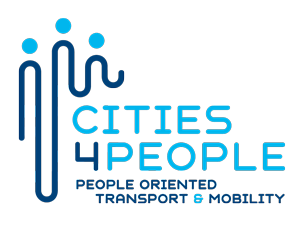
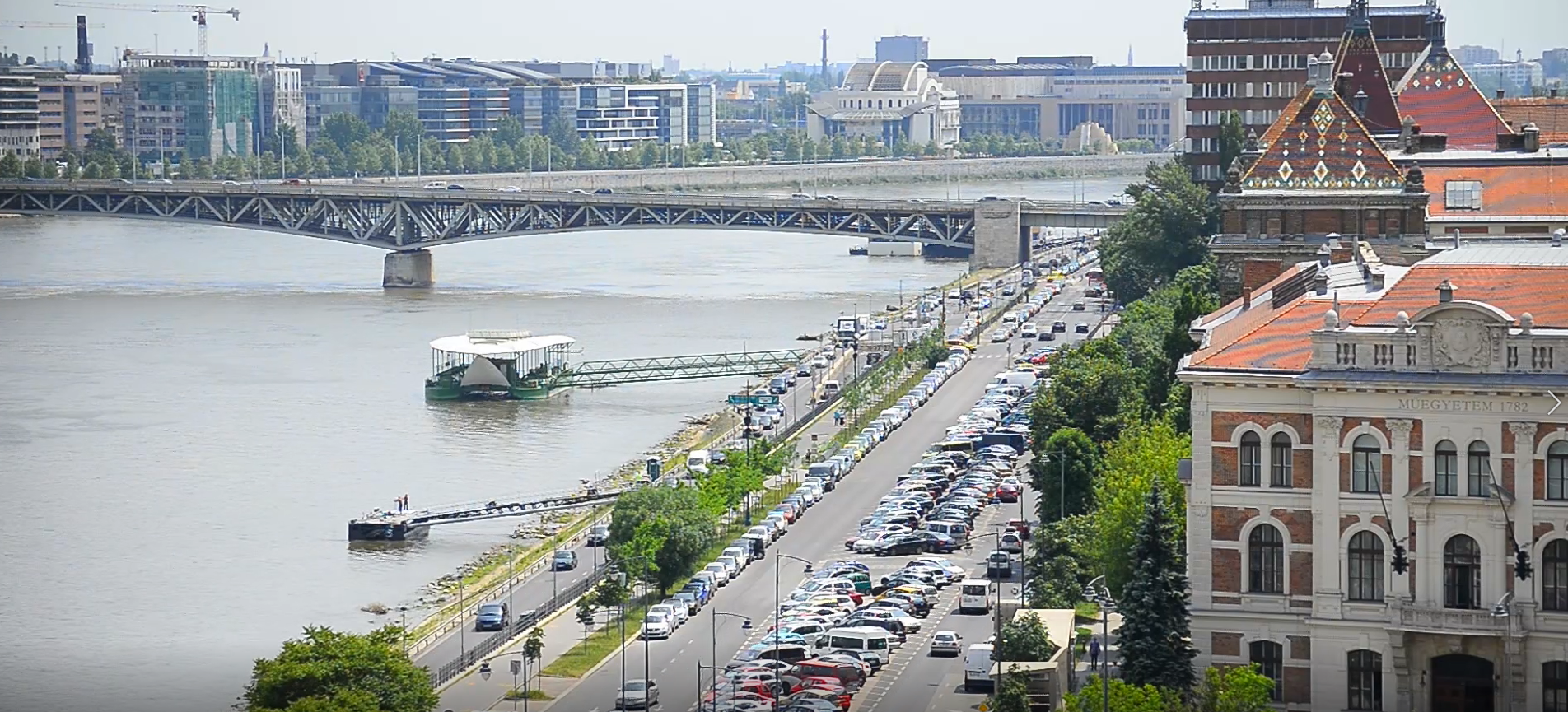
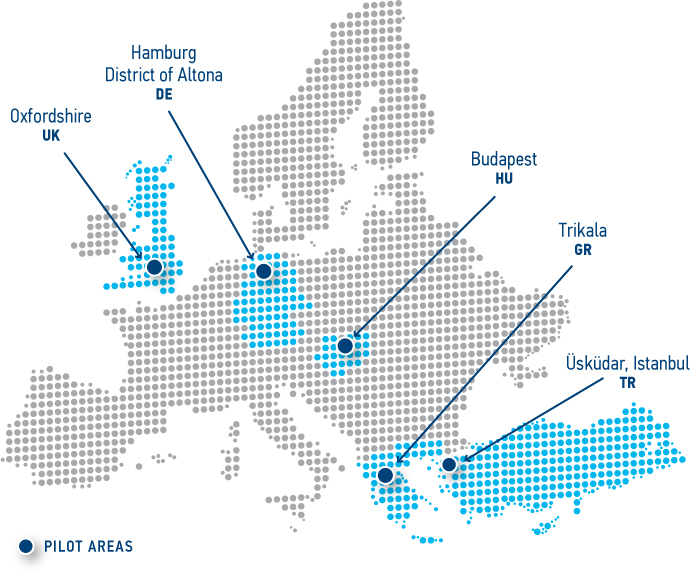
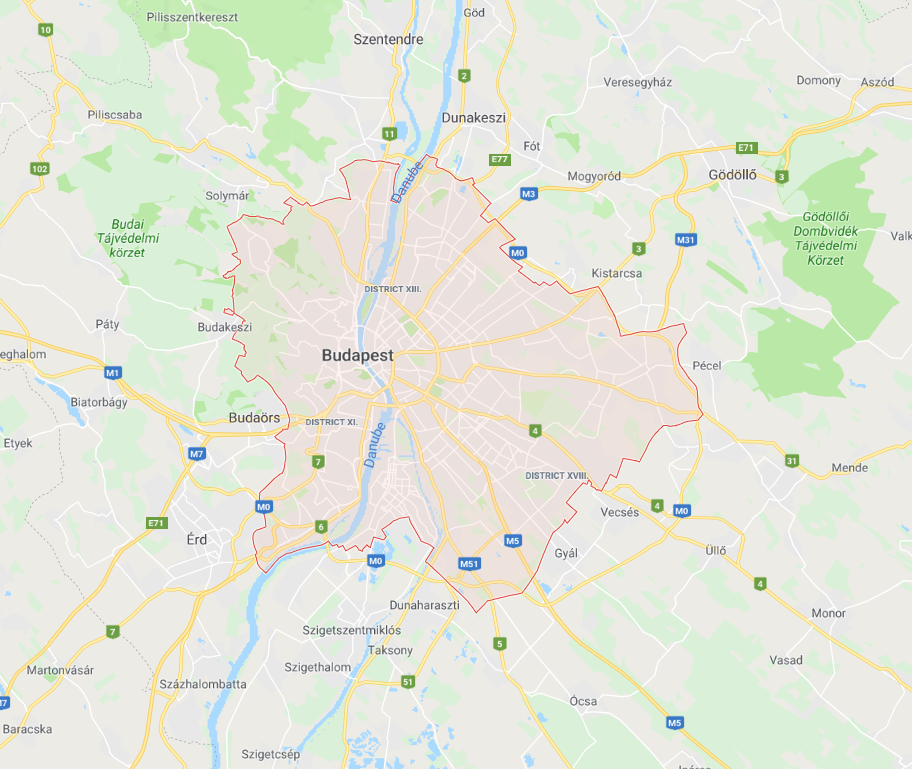


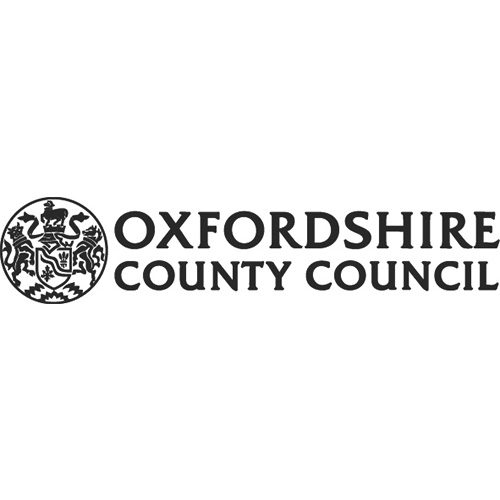
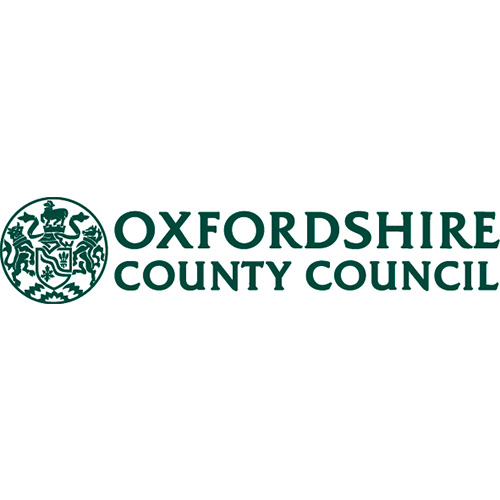
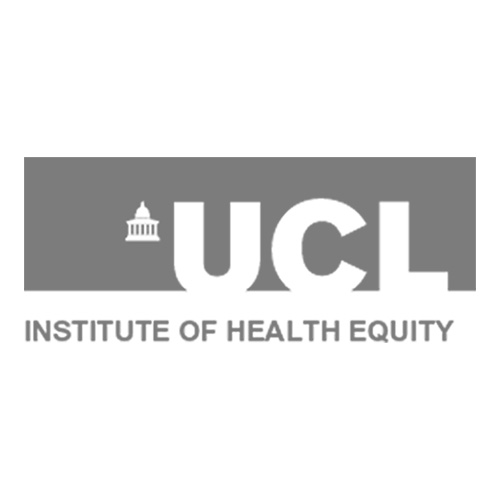
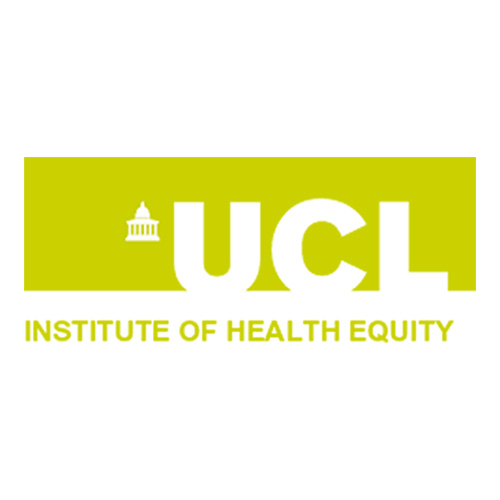



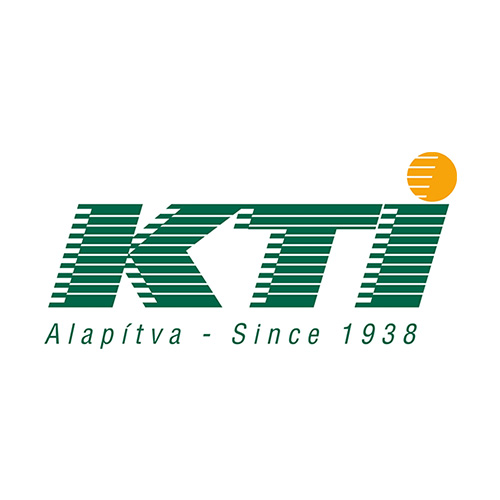
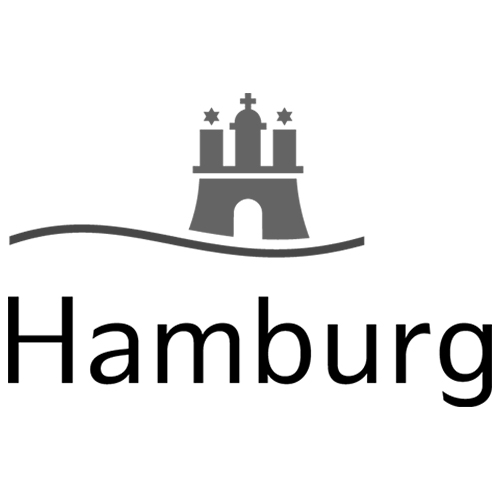
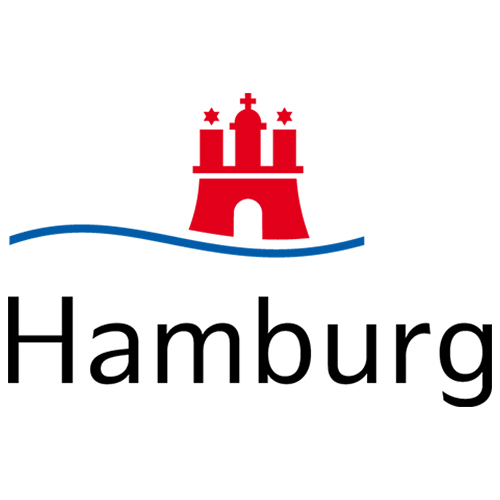
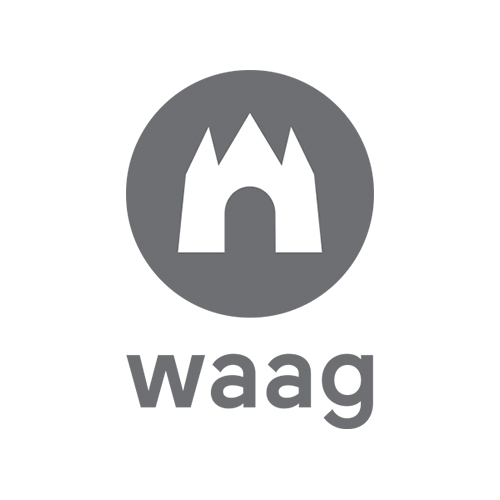
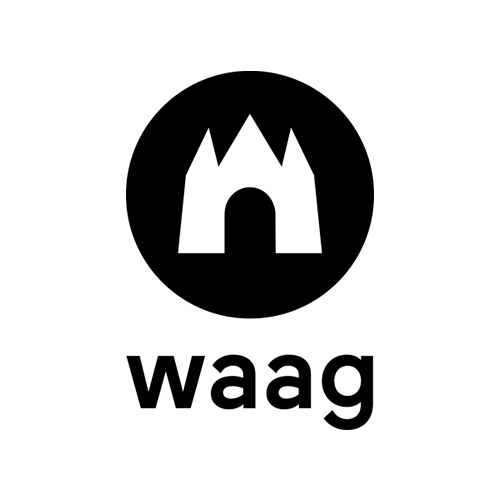
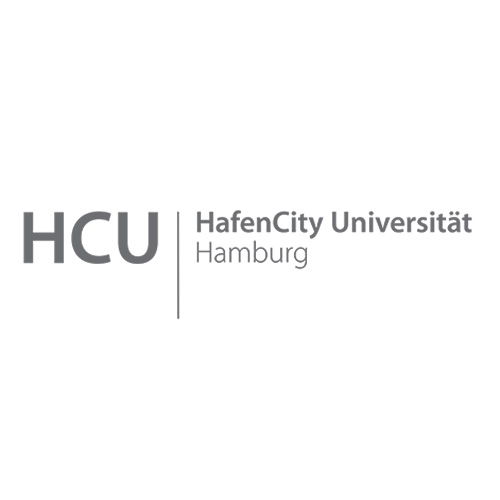
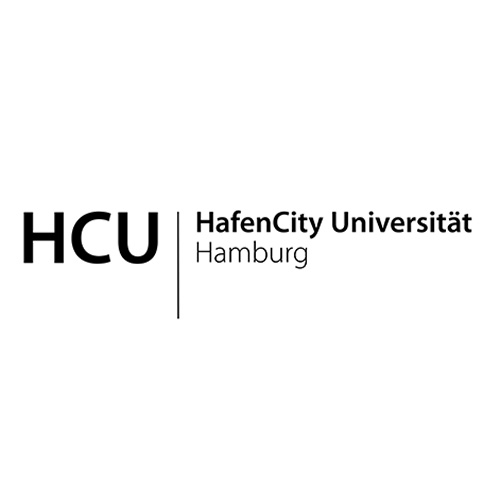
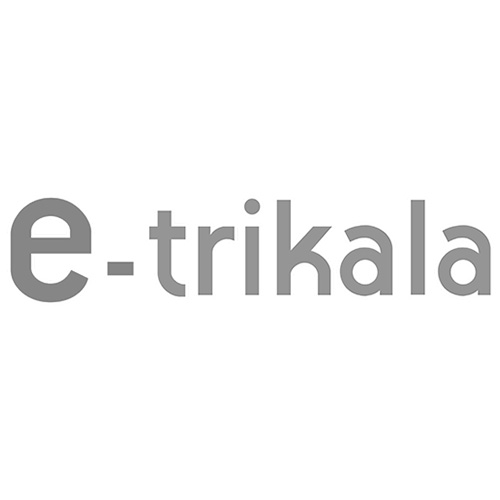
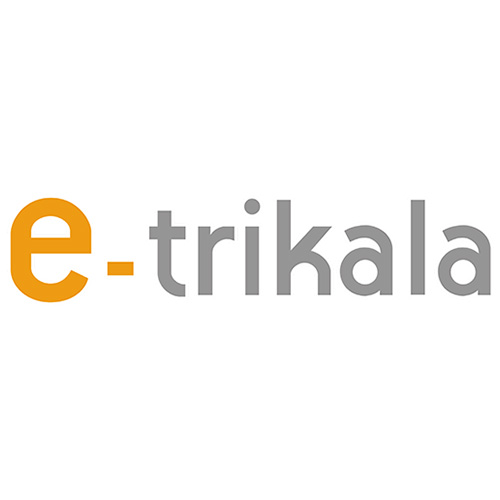




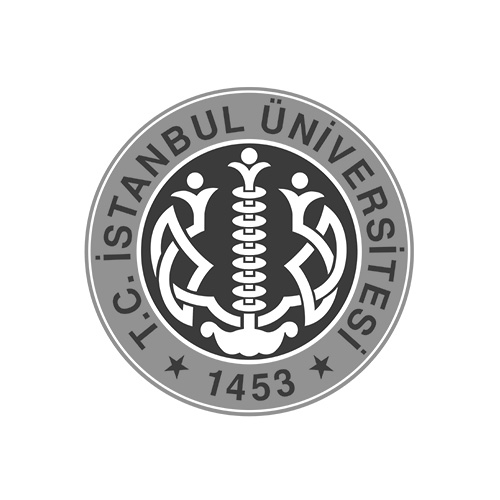
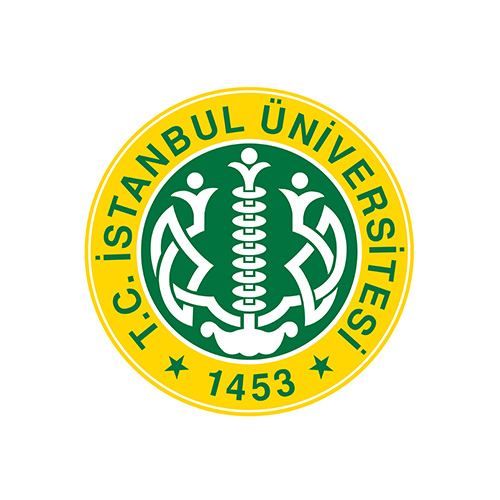


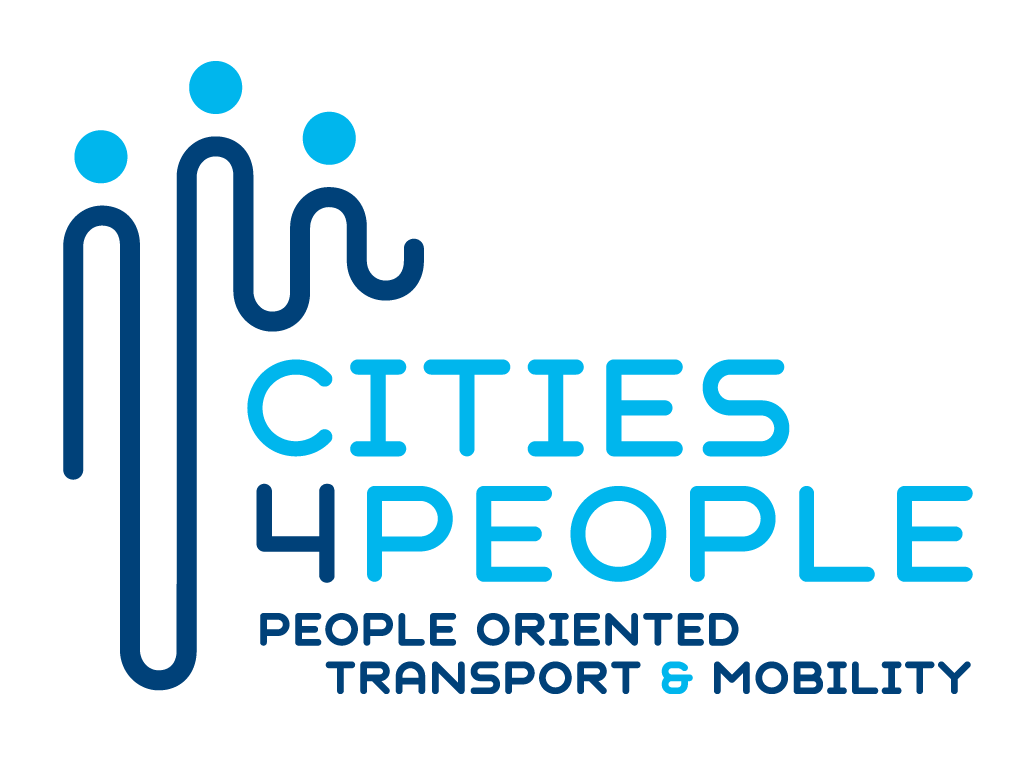
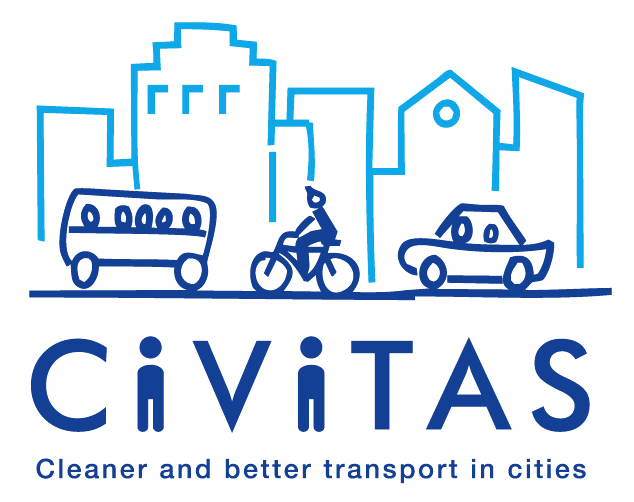


 English
English Magyar
Magyar Deutsch
Deutsch Turkish
Turkish